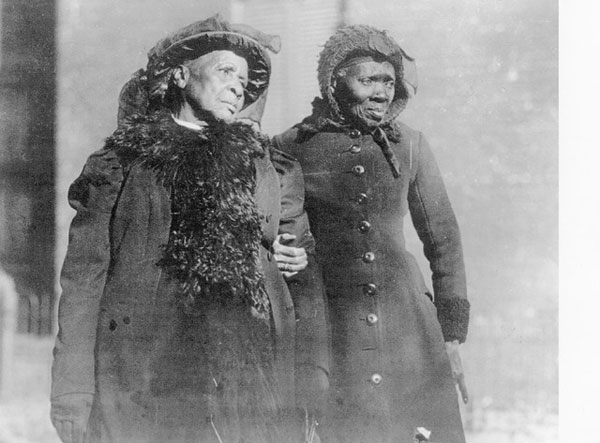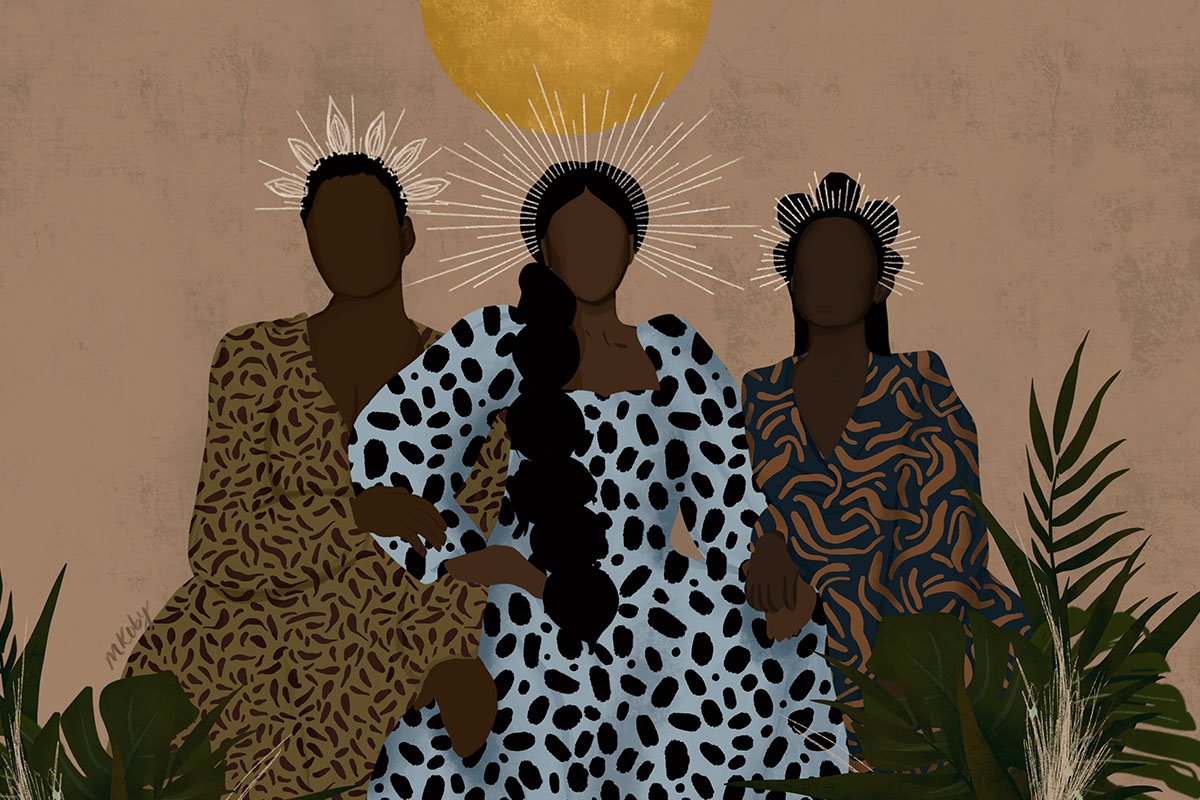
March 21, 2019; Guardian
You’ve probably noticed that in the past few months reparations, as an idea, has moved from the fringe of public consideration to the center stage that is the next presidential election. To date, at least six Democratic candidates have voiced support for it. Here’s what they say:
Kamala Harris: “I think that the word, the term reparations, it means different things to different people. But what I mean by it is that we need to study the effects of generations of discrimination and institutional racism and determine what can be done, in terms of intervention, to correct course.”
Elizabeth Warren: “We must confront the dark history of slavery and government-sanctioned discrimination in this country that has had many consequences including undermining the ability of black families to build wealth in America for generations.”
Cory Booker: “A lot of the programs that built the middle class in this country, African Americans were excluded from… You had devaluations of American communities through mortgage lending and the like.”
Julian Castro: “If under the Constitution we compensate people because we take their property, why wouldn’t you compensate people who actually were property?”
Beto O’Rourke: “Until all Americans understand that civil rights are not just victories, but the injustices that have been visited and continue to be visited on people, we will never get the change we need to live up to the promise of this country.”
Marianne Williamson: “I propose a $200bn–$500bn plan of reparations for slavery, the money to be disbursed over a period of 20 years. An esteemed council of African American leaders would determine the educational and economic projects to which the money would be given.”
The Guardian, which outlined these positions, noted most offered tentative support or noncommitment, with only Williamson in favor. Bernie Sanders is against reparations, saying: “I think that right now, our job is to address the crisis facing the American people and our communities, and I think there are better ways to do that than just writing out a check.”
There’s a context and a history to this narrative shift, and a quick review will also shed insight into why these statements are so tepid. Part of the context is the fact that economic inequality is increasing, it falls along racial lines, and is built on racialized histories. Here’s how NPR’s Meghna Chakrabarti opens a recent episode of On Point devoted to the subject:
Forty acres and a mule. That was the promise to newly freed slaves at the end of the Civil War. But following Abraham Lincoln’s assassination, President Andrew Johnson reversed that order. The land went back to former Confederate owners, leaving many African Americans to struggle as sharecroppers. The question over what the United States owes descendants of enslaved black Americans has lingered ever since. Now, more than 150 years later, 2020 Democratic presidential hopefuls are drawing a line from slavery to racial inequality today, renewing calls for reparations.
But what would a policy to address the legacy of slavery actually look like? And after generations, what would reparations solve, or what problems might it create?
Reparations has a history. Annalisa Merelli writes in Quartz, “Since the second half of last century, countries like Germany, Austria, France, South Africa, and Canada have amended past wrongs by paying reparations to their victims.” The US, too, has a history or paying reparations.
- For Japanese Americans interned during World War II: “In 1948, Congress issued a reparation fund of $38 million, and then awarded each survivor $20,000 in 1990. About 80,000 people claimed reparations, for a total of about $1.6 billion.”
- For Aleut Alaskans captured during the same war: “In 1988, about 450 living survivors of the camps were awarded $12,000 each. When the reparation act was signed, the US admitted that it had kept Aleuts in captivity for much longer than required for their safety and failed to provide sufficient care of them.”
Even states have paid reparations: “In 2013, North Carolina became the first state to pay reparations to victims of forced sterilization and eugenic programs through a $10 million agreement….In 2015, Virginia, too, started a compensation program for victims of eugenic sterilization.” The black men of what is known as the Tuskegee Experiment were awarded “$10 million’s worth of reparations for the survivors of the study, their widows, and their offspring. In 1995, a guarantee of free lifetime medical care for the victims, their children, and spouses, was added to the reparation sum.” And the list goes on. Just this week, Georgetown University students voted to pay reparations for slaves sold by the university.
So why the long and halting history of black reparations?
Sign up for our free newsletters
Subscribe to NPQ's newsletters to have our top stories delivered directly to your inbox.
By signing up, you agree to our privacy policy and terms of use, and to receive messages from NPQ and our partners.
The case for reparations was most recently reintroduced into the public conversation in 2014, when Ta-Nehisi Coates published his Atlantic article, “The Case for Reparations.” In it, he highlights the policies and practices that over and over again stripped black Americans of any means of capital, accumulating in an economy so repressed that it was described as “a difference of kind, not degree.” These very same policies and practices made white Americans richer, which also accumulates, leading to the extreme income inequality we have today.
In an article titled “A Cult of Democracy” in the spring 2019 issue of Nonprofit Quarterly—the current issue—I outline the history of two types of democracy, one for the white elites and the other for people of color made illegitimate by political regimes. Similarly, Coates argues that there are two economies in the US. Highlighting Chicago’s housing market as an example, he writes about a case for reparations brought by black people: “The suit was rooted in Chicago’s long history of segregation, which had created two housing markets—one legitimate and backed by the government, the other lawless and patrolled by predators.”
This is just one aspect of the ongoing stripping of black wealth. Blacks were enslaved in the US for 250 years, during which they not only built much of the core wealth of this country but were themselves the biggest asset. Coates writes,
The wealth accorded America by slavery was not just in what the slaves pulled from the land but in the slaves themselves. “In 1860, slaves as an asset were worth more than all America’s manufacturing, all of the railroads, all of the productive capacity of the United States put together,” the Yale historian David W. Blight has noted. “Slaves were the single largest, by far, financial asset of property in the entire American economy.”
After slavery, as Coates notes, “black people were not left to their own devices. They were terrorized.” Financial aspirations, like political ones, were often violently opposed. Coates again, “For the next century, political violence was visited upon blacks wantonly, with special treatment meted out toward black people of ambition.” This includes the leveling of Tulsa’s “Black Wall Street.”
When economic safety and mobility programs—like Social Security, unemployment insurance, GI Bill, and the New Deal—were created, they were designed to exclude the jobs that black people did. Coates writes, “Some black people will always be twice as good. But they generally find white predation to be thrice as fast.”
Thus, the debt that the US owes black people is not simply financial, but social and psychological. In fact, it seems it is the vast scope of the debt that makes some think reparation is ideal in concept but unwieldy in implementation. Further, while this particularly extreme form and history of physical, social, and economic privation targets black people, it follows that which targeted Native Americans and precedes those targeting other people of color and many whites—all of it in favor of capitalist economies. Thus, the renewal of calls for reparations is occurring as many others are calling for a rethinking of a winner-take-all economy that not only destroys people and societies, but the earth.
This overlap in timing is leading many to lean toward universal economic projects over those targeting black Americans. But this, too, has a checkered history. Coates recalls, “Aid to Families with Dependent Children was originally written largely to exclude blacks—yet by the 1990s it was perceived as a giveaway to blacks.”
The conversation on reparations for blacks in the US can be captured by this description by Coates.
Scholars have long discussed methods by which America might make reparations to those on whose labor and exclusion the country was built. In the 1970’s, the Yale Law professor Boris Bittker argued in The Case for Black Reparations that a rough price tag for reparations could be determined by multiplying the number of African Americans in the population by the difference in white and black per capita income….Today, Charles Ogletree, the Harvard Law School professor, argues for something broader: a program of job training and public works that takes racial justice as its mission but includes the poor of all races.
For the past 25 years, US Representative John Conyers has been introducing HR 40, the Commission to Study Reparations Proposals for African Americans Act, to no avail. For many, black reparations isn’t just about money; it’s also a historical reckoning, a resetting of interactions.
In a recent interview by Eric Levitz, Coates says, “There is a whole range of politics that happens outside of the voting booth. I think you’re seeing the effect of that.” He’s referring to the different movements that have emerged over the last decade, particularly the Movement for Black Lives. He goes on, “I think those guys got a lot of flak at the time for this notion that they were too abstract, that they weren’t doing anything, they weren’t doing this, they weren’t doing that, but I actually think you can very much see the impact right now on the Democratic race.”
The Movement for Black Lives, the global network of the Black Lives Matter movement, has a website that contains its far-reaching policy platform, which includes reparations. The 5-point reparations statement comprises the following:
- Free, high quality, life time education opportunities
- Guaranteed minimum livable income
- Healing trauma, and ensuring access and control of food, housing, and land
- Mandated public school curricula that critically examine slavery and its impacts, and funding to restore and preserve cultural assets and sacred sites
- Federal and state level plans to address the impacts of slavery, including passage of HR 40
While the field of Democratic presidential candidates at least want to appear to be engaging reparations, their positions are far from what social movements and many others are calling for. For those concerned with the US mainstream, the key challenge appears to be how to confront the enormous debt to black Americans while addressing the very real economic challenges other Americans are facing. (Not that these are mutually exclusive.) For black America, the key challenge is how to not to make black reparations just about a financial debt and forget about white supremacy. They understand that class is often inseparable from race in the US, and that’s exactly what differentiates black reparations from a larger economic opportunity or rights project. After all, slavery wasn’t just about economic domination based on capitalism; it was also about racial domination based on white supremacy.—Cyndi Suarez











